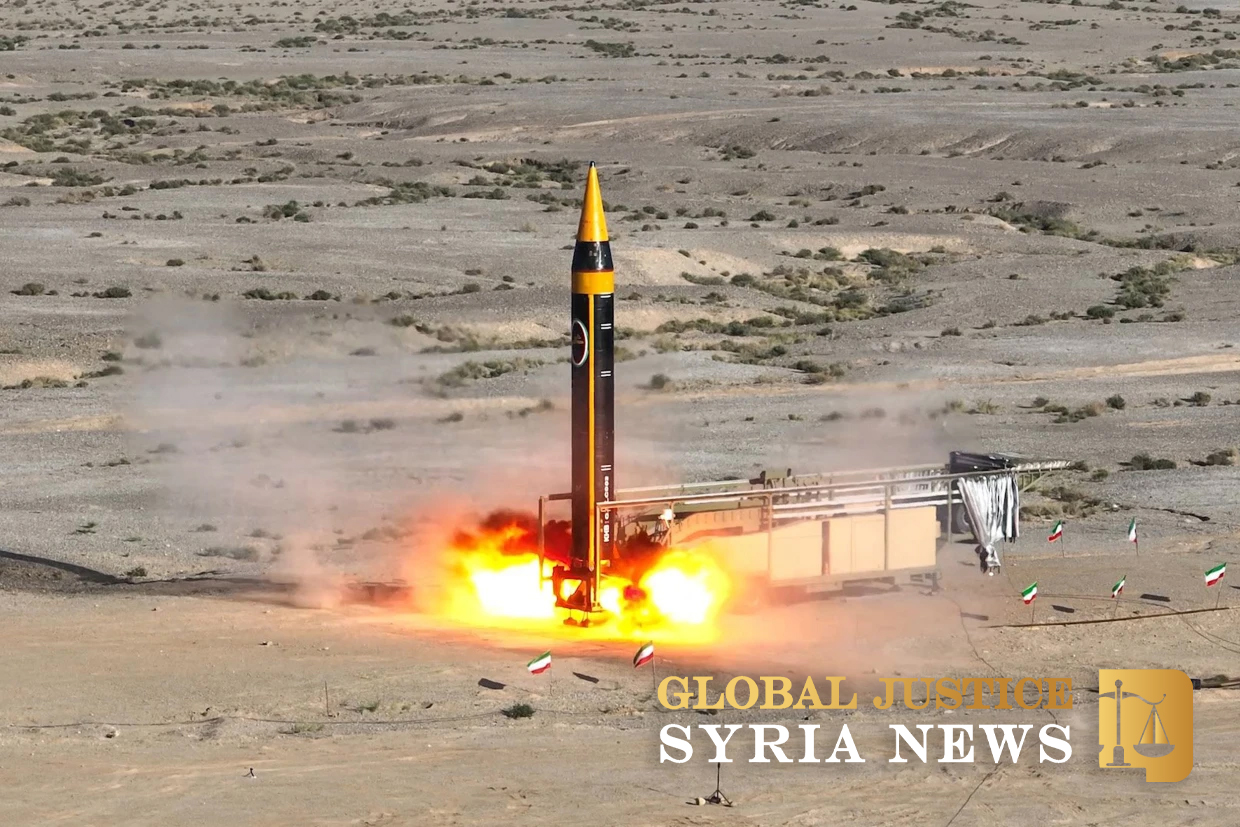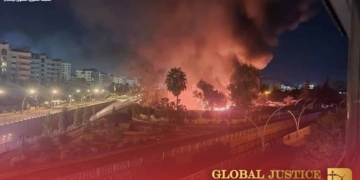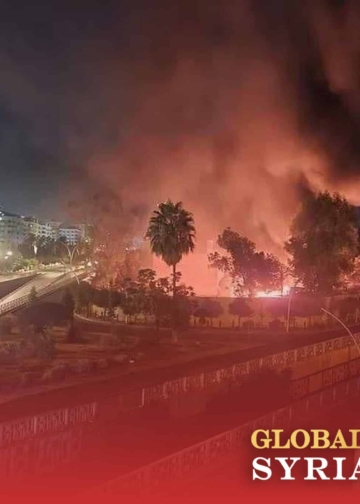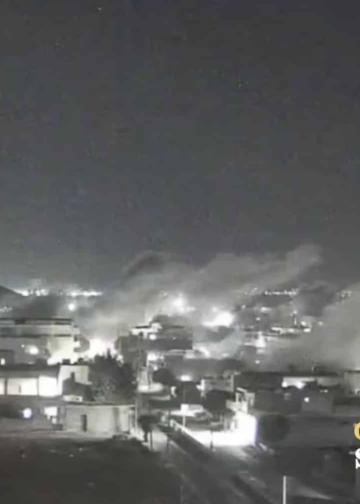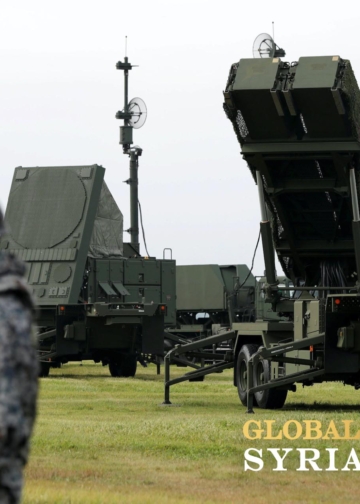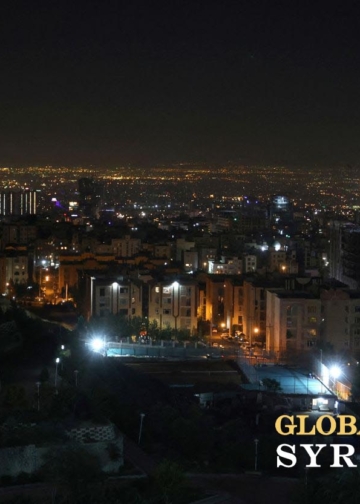This article was originally published by The New York Times on October 1, 2024. You can read the original version here.
Update, 2:15 p.m.:
As forecast below, Iran launched nearly 200 ballistic missiles at Israel beginning around 12:30 p.m. Eastern time. The Israeli antimissile system shot down almost all of them, Israeli sources said, and while there was some damage the attack was not considered particularly successful. There are no reports at this time of extensive casualties.
The attack was executed by the Air Force of the Iranian Revolutionary Guards and was not an operation of the regular Iranian army or air force, according to Israeli sources. The Iranian president, Masoud Pezeshkian, was not informed of the attack until shortly before it began, the sources said, indicating that the Iranian regime is divided over the operation, which will probably add to the fractures in the government.
Israel’s ability to anticipate the Iranian strike and name the precise hour of the attack, and the fact that it was a revolutionary guards operation — not the regular Iranian armed forces under the command of the new president — demonstrates how deeply the Mossad, Israel’s cyber command, Unit 8200, and the Israeli Air Force have penetrated the Iranian regime and coordinated their defensive response. It means no Iranian leader can trust another anymore.
We may be about to enter what could be the most dangerous moment in the history of the modern Middle East: a ballistic missile war between Iran and Israel, which would almost certainly bring in the United States on Israel’s side and could culminate in a full-blown U.S.-Israeli effort to destroy Iran’s nuclear program.
That is the assessment I have gleaned from talking to Israeli intelligence sources, whose analysis is that Iran plans to launch a missile attack against Israel at 12:30 p.m. Eastern time, which is 7:30 p.m. in Israel. The attack is planned in two waves 15 minutes apart, and each wave will involve 110 ballistic missiles, the Israelis said.
The Iranian missiles are aimed at three targets. First, the headquarters of the Mossad, Israel’s foreign intelligence service, near Tel Aviv. Second, the Israeli air base at Nevatim, and third, the Israeli air base at Khatzirim; both bases are in the south of Israel in the Negev Desert. The Israeli officials are particularly concerned about any strike on Mossad headquarters because it is in the densely populated north Tel Aviv suburb of Ramat Hasharon. It is also not far from the Israeli defense intelligence headquarters, Unit 8200.
This information has been shared with me because the Israelis insist that they do not want a full-scale ballistic war with Iran, and want the United States to try to deter the Iranians by letting them know that if they do launch this missile attack, the United States will not be a bystander, and its response, unlike with the April 13 Iranian missile and drone attack on Israel, will not be purely defensive. In other words, Iran could be risking its entire nuclear program if this missile attack goes ahead.
I have not been able to speak to any senior U.S. officials to gauge their reactions, but will update this blog post as I do.
One might think that Israel is itching for this kind of war with Iran to finally take out its nuclear program and involve the United States. That is not my impression. A war of ballistic missiles could do enormous damage to Israel’s infrastructure unless virtually every missile is intercepted.
Could the Iranians be bluffing and intending to land the missiles in open areas in Israel? That is not the impression the Israelis have gleaned from their intelligence.
The Israeli intelligence assessment is that the Iranian people by and large do not want this war with Israel. There has long been discontent in Iran over the billions of dollars the regime has spent supporting Hamas and Hezbollah at a time when Iranian infrastructure is so dilapidated and the country’s economy is on its back. The message the Israelis hope the U.S. can convey to Iran is also that if they start this war and it leads to great destruction and death of Iranian civilians, it could also trigger an uprising against the regime.
In the last year we have seen red lines crossed left and right — from the savage Hamas onslaught on Israel on Oct. 7 to the Israeli pager attack against Hezbollah’s leadership and the assassination of its leader, Hassan Nasrallah. The Iranians feel their deterrence has been eroded and need to respond.
This is Code Red time. Because once you start crossing red lines, they all disappear.



